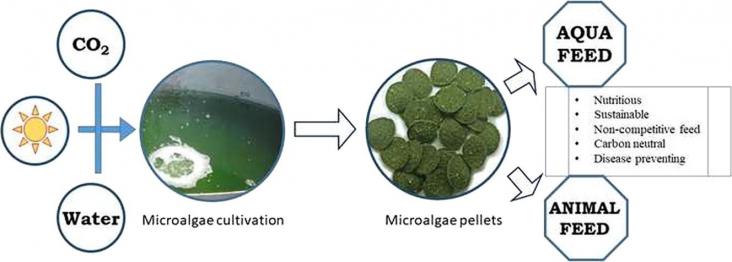
Aquaculture and animal rearing for meat has increased exceedingly to meet the demands of ever-increasing population.
Approximately 70% of the aquatic-based production of animals is fed aquaculture, whereby animals are provided with high-protein aquafeeds.
As a response to the worldwide challenge raised by soil degradation, Conservation Agriculture (CA) was proposed to help restoring the three main soil functions, i.e.

The effectiveness of active packaging systems with green tea extract and oregano essential oil was checked for their use in sliced cooked ham.
An Ultra-High Performance Liquid Chromatography combined with Time-of-Flight Mass Spectrometry (UHPLC–ToF-MS) method has been developed for determination of nine mycotoxins, namely aflatoxins (AFB1, A
Across the lower- and middle-income world, investors are acquiring rights to large swathes of land for agricultural development, threatening both existing livelihoods and the environment. The full weight of future impacts remains uncertain. But research on sustainable agriculture offers avenues to mitigate, diffuse, and avoid negative environmental and social consequences.
The number of countries with a national development plan has more than doubled, from about 62 in 2006 to 134 in 2018.
Anthropogenic climate change is altering the functioning of terrestrial ecosystems.
Globally, industrial agriculture threatens critical ecosystem processes on which crop production depends, while 815 million people are undernourished and many more suffer from malnutrition.
At the 21st session of the United Nations Framework Convention on Climate Change (UNFCCC, COP21), a voluntary action plan, the ‘4 per 1000 Initiative: Soils for Food Security and Climate’ was proposed
